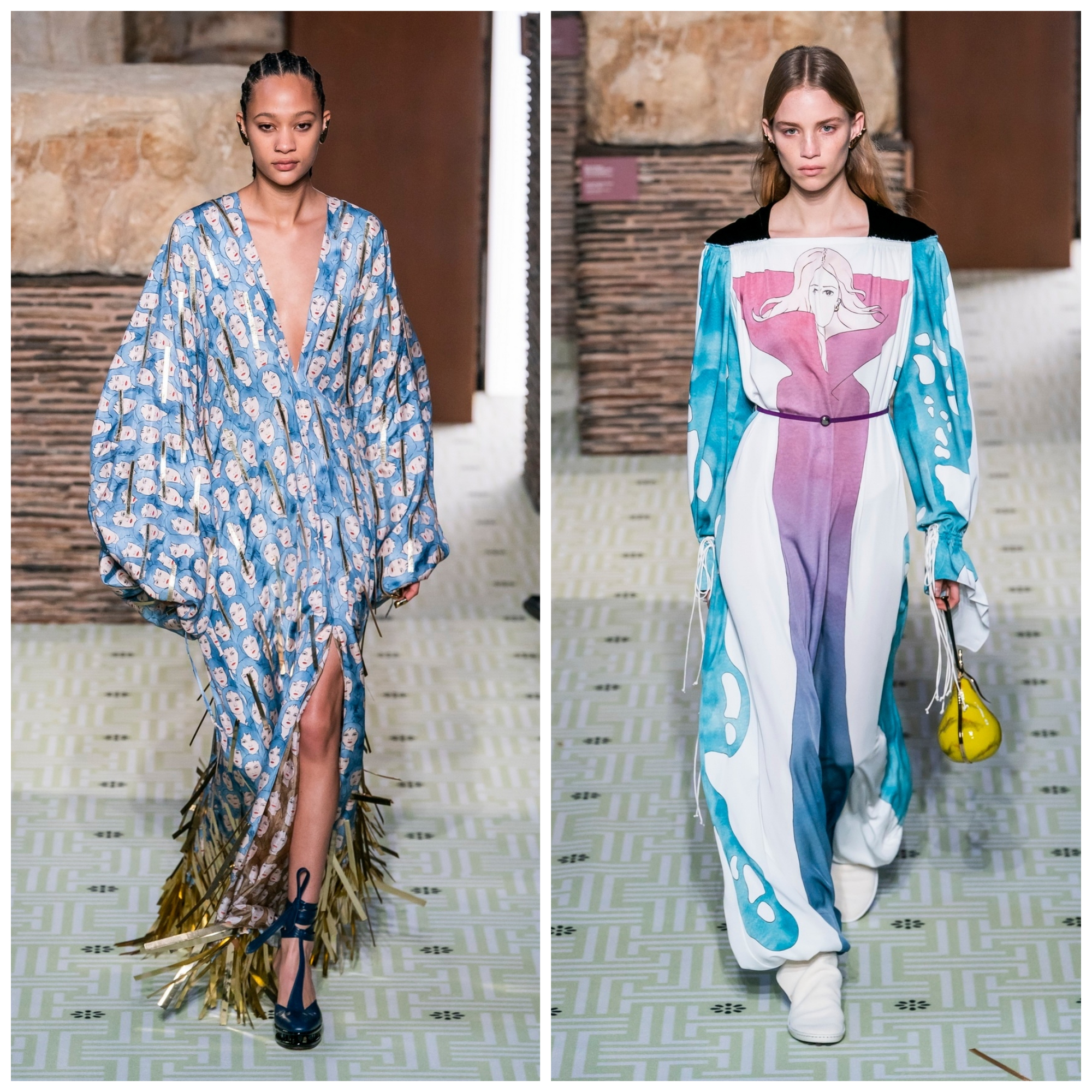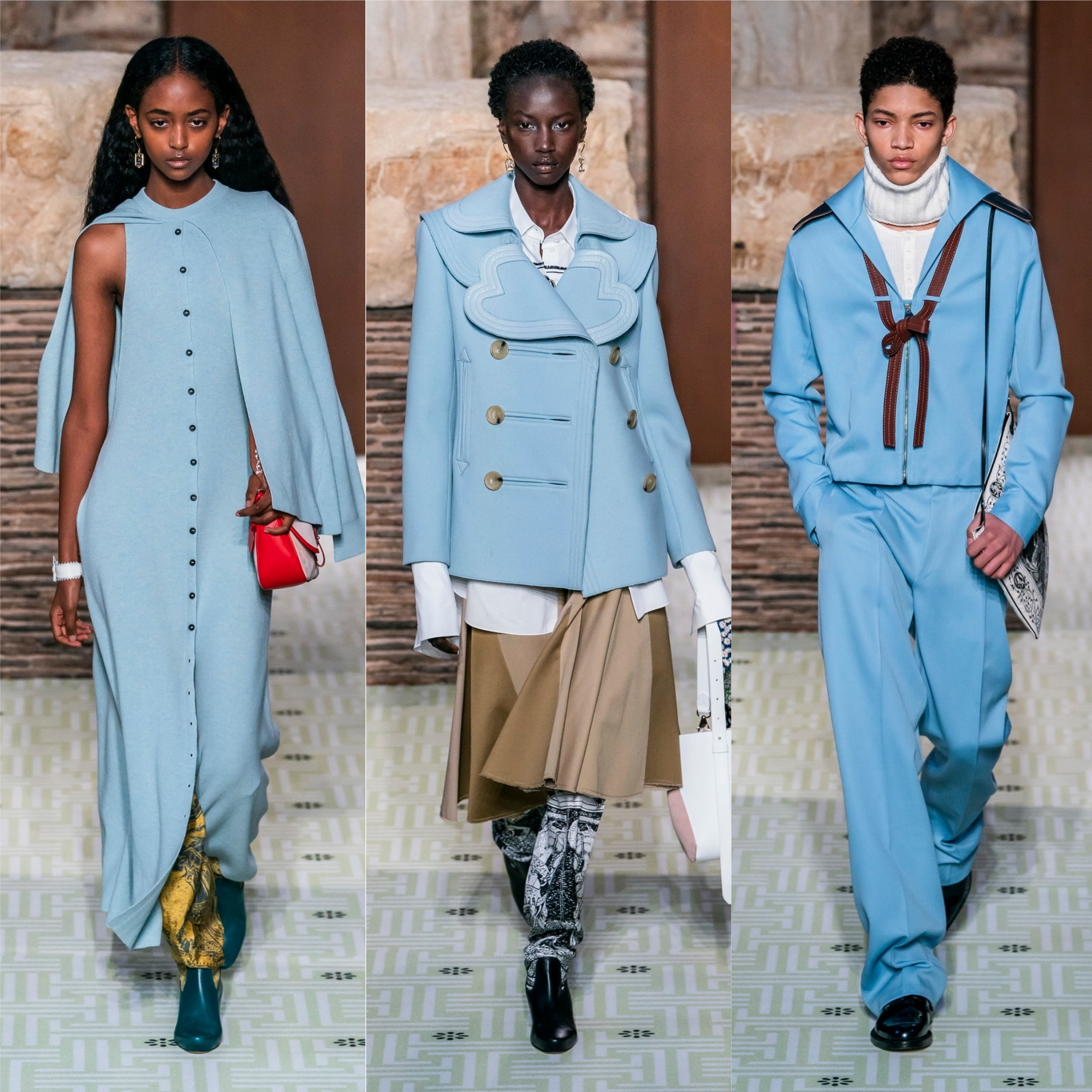It’s been a drama-filled few years for Lanvin. Since Alber Elbaz departed his role as Creative Director in 2015, the narrative surrounding Paris’ oldest house has read more like the plot of a Netflix series, with its a succession of creative directors and owners: Olivier Lapidus and Bouchra Jarrar each led the womenswear division for a short while, the company was sold to Chinese luxury conglomerate Fosun Fashion Group, and Lucas Ossendrijver left as Creative Director of their menswear line after 14 years. During the period the label took a critical hammering.
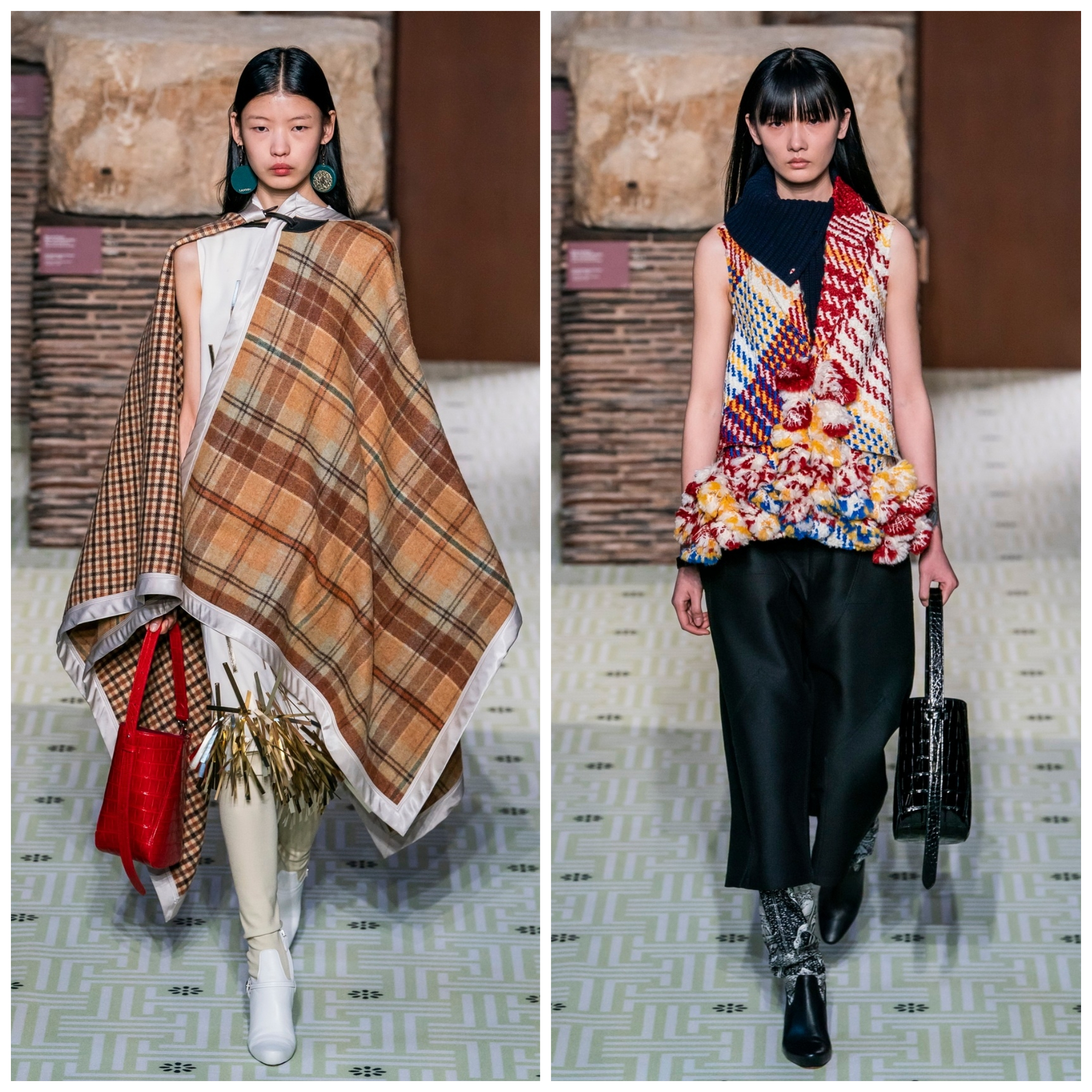
Enter Bruno Sialelli, the 31-year-old ex-menswear Design Director at Loewe who has been given the the job of unifying men’s and women’s at Lanvin, and revitalising the label. Given the turbulence, drama and musical chairs of recent seasons, it’s been easy to lose sight of just what France’s oldest luxury house represents.
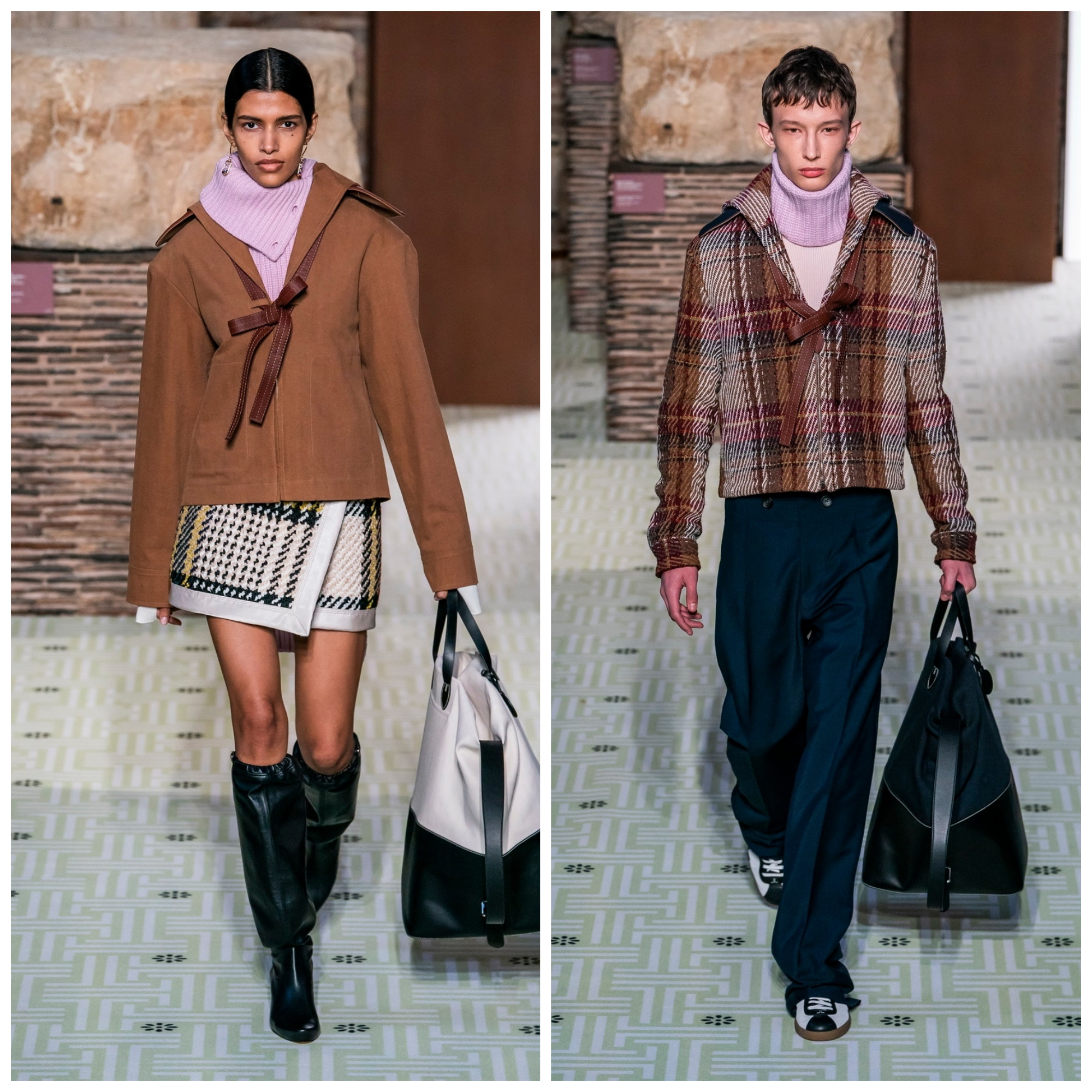
But for his first show, Bruno set about “redefining the wardrobe” of Lanvin. To move the house forward, Sialelli returned to its founder and contemplated the life and times of Jeanne Lanvin, “We know Lanvin is an eveningwear house where you find beautiful flou and colours but Jeanne was was a lifestyle woman too — from very early on she was doing menswear, sportswear, furniture… I think it’s still very valid,” he explained backstage.
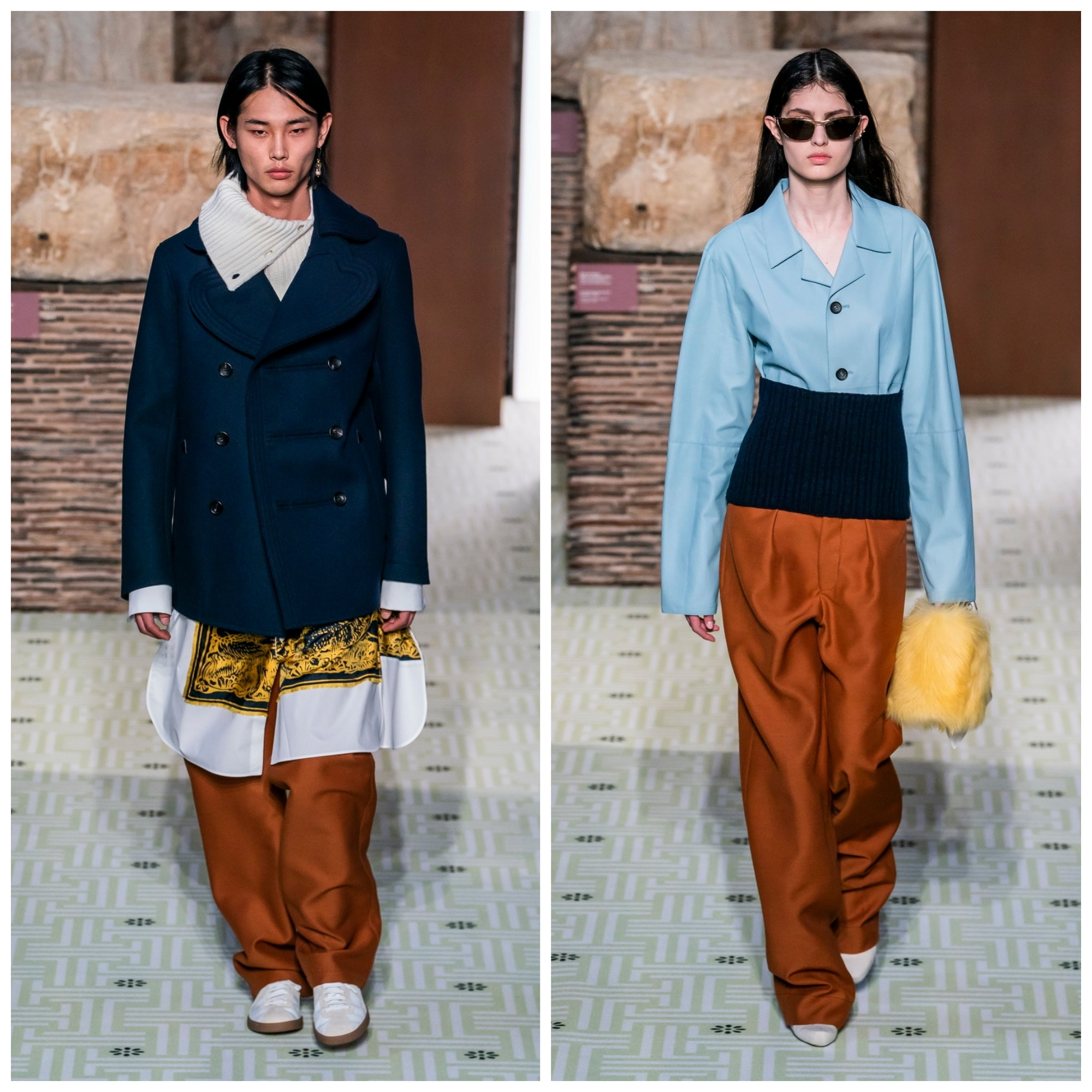
From new face Dotain Yeshitela opening the show in a classic Lanvin blue caped dress look through to the Babar The Elephant silk and knit twinsets, the Querelle-inspired erotic sailor chic, to Kaia Gerber closing the show wrapped up in an oversized shearling coat, he concentrated on a fresh take on the Lanvin wardrobe for men and women that collaged influences and blurred the past, present and future.
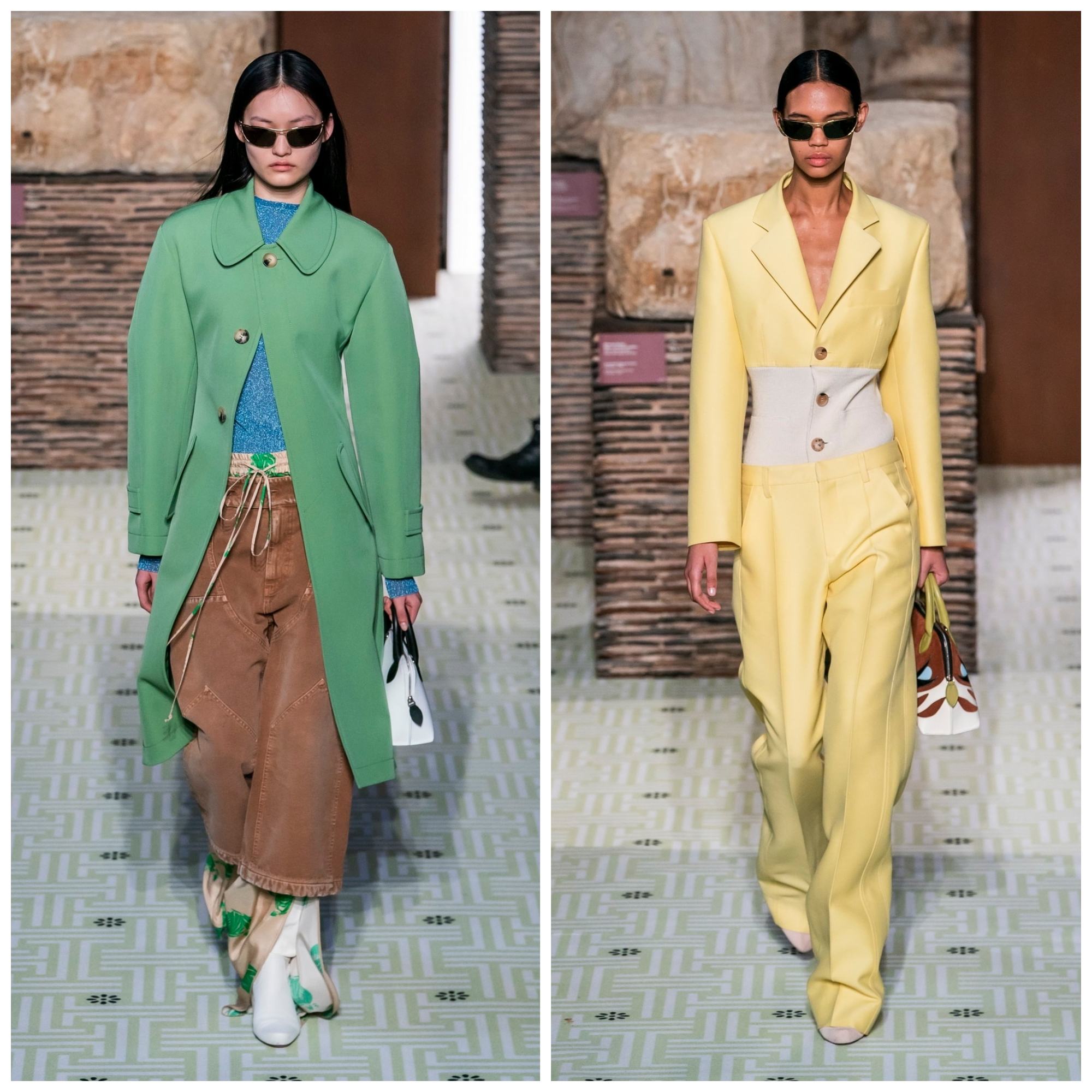
It took the aesthetic and curatorial approach he cultivated at Loewe alongside Jonathan Anderson to stitch together everything from medieval art to the Aztecs, Rainer Werner Fassbinder to Jean de Brunhoff, into his redefined Lanvin wardrobe. “As I looked deep into the archives for inspiration, I discovered that Jeanne Lanvin was an avid explorer — everywhere from Eastern Europe the the Middle East — and she always returned with incredible textiles. She used folklore in her own prints and graphics and I wanted to do the same, so we imagined these Incan references, these South American prints and these graphics inspired by the Aztec civilisations,” he added.
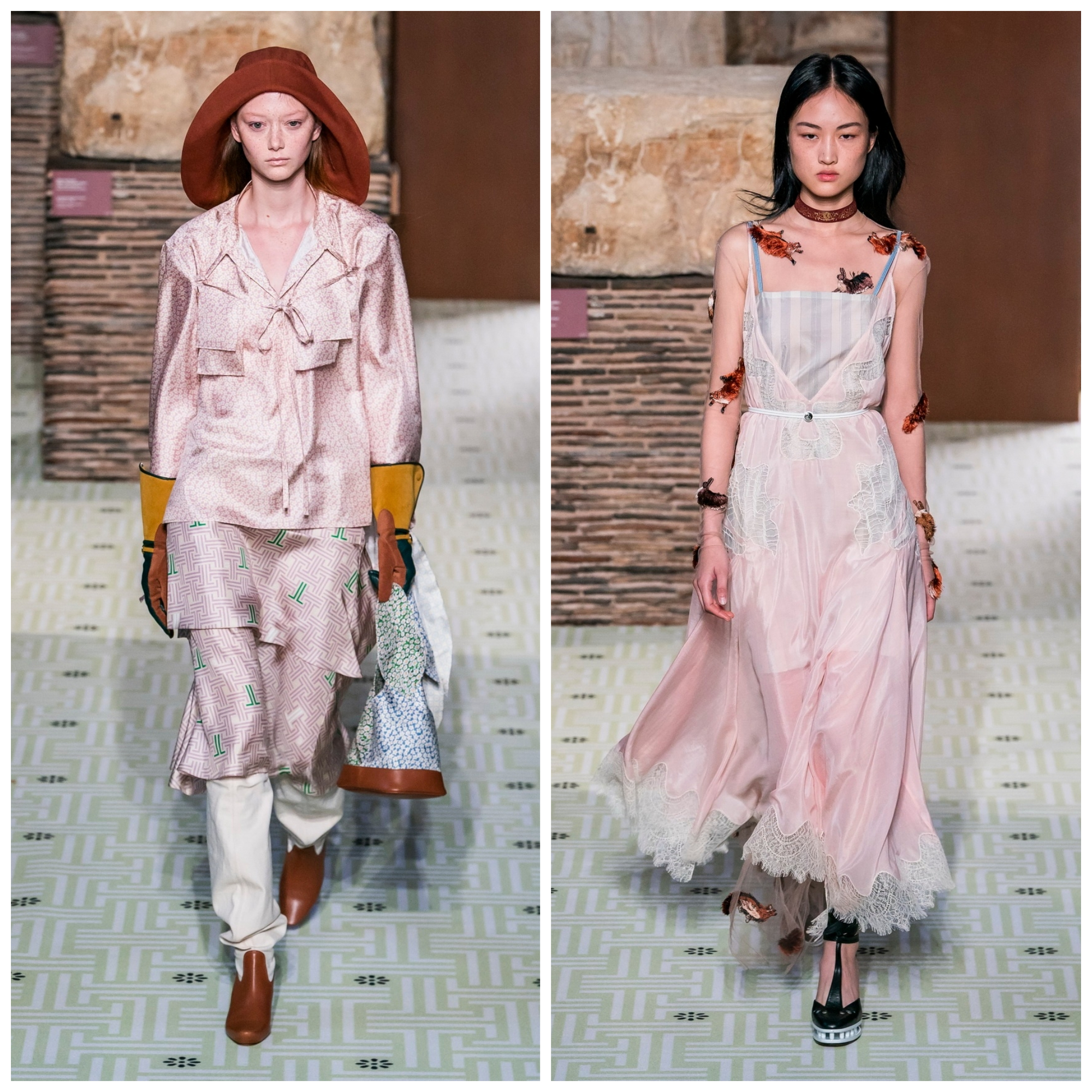
Given everything that has happened at the house of Lanvin, even the hardest of critics would have forgiven its young creative director if he’d kept it simple. However, this confident debut was anything but restrained. It was playful. It was romantic. It took risks. There was a definite sense of post-show relief in the crowd. Applause echoed throughout the 13th century show venue long after Bruno Sialelli took his bow. Now, this was the new Lanvin dawn we all wanted to wake up to.
